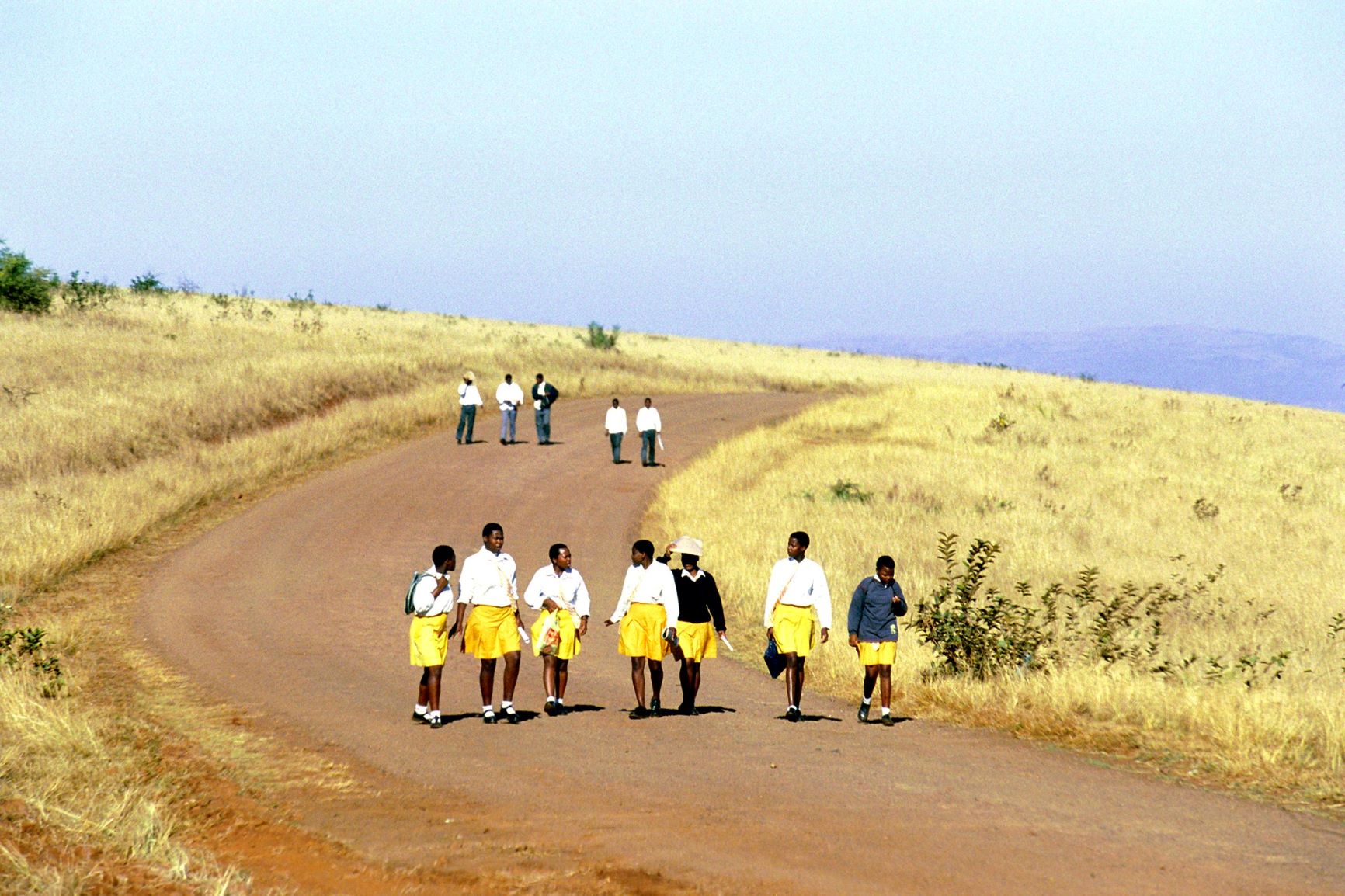
Written by Jim Sumberg and Thomas Yeboah. This blog was originally published on the Institute of Development Studies website.
It is increasingly acknowledged that productive youth employment is among the major development challenges of our time. In Africa, this challenge is magnified by the small size of the manufacturing and formal service sectors, economies dominated by the informal sector, and the likelihood that a significant proportion of young people will continue to live in rural areas for decades to come.
These realities support the proposition that the rural economy – built around agriculture, but encompassing much more – will need to, and can, provide employment opportunities for many millions of young people into the foreseeable future. Indeed, what might be called the ‘rural prosperity gospel’ has become a principal pillar of policy discourse around Africa’s rural youth.
But to date, there has been little or no systematic research that explores the steps, pathways and outcomes associated with the efforts of young people building their livelihoods in the rural economy. A new open access paper explores how young people build rural livelihoods in agricultural commercialisation hotspots, in Ghana, Tanzania and Zimbabwe.
Schooling, family help and asset accumulation
The research highlights young people’s disappointment with their experience of formal education, particularly having to drop out because they could not afford the fees (despite in many cases working at the same time as attending school). Rather than formal education, it was their experience of working at home as children that initially enabled them to engage with the world of work. Thus, while many did not have a very favourable start regarding their working lives, with hard work, the skills they learned as children, persistence and resilience, they are generally able to build livelihoods and in some cases accumulate assets (e.g. in the form of housing, furniture and savings). To varying degrees, these sites also attract young migrants, and sometimes many from the same community.
Another important finding is that many young people co-construct livelihoods together with and through family members. Family and broader social relations enable them to access the land, capital and skills to begin their ventures. Between access through family and rental markets, there is little evidence that land availability constrains young people’s engagement in crop production. The commercialised rural economies within which they operate offer a variety of non-agricultural income opportunities, and many combine farm and non-farm work. Those who do not farm at all are nevertheless dependent on a thriving agriculture economy.
Personal and business-related hazards
The darker side of this picture is that the assets these young people have accumulated, and the economic activities that generated them, remain very vulnerable to hazards. Two main forms of hazard were identified. The first are personal, and most often health-related, including accidents, injuries, sickness and family tragedy. The second are business-related hazards and include prolonged drought and unreliable rainfall, low demand for produce or services, theft, police harassment, non-payment by clients, loss of savings, agronomic mistakes, and economic upheaval.
Whether working on one’s own farm, as a wage worker, or a business operator, personal and business-related hazards such as these are part of daily life, and to navigate them successfully requires experience, social capital and, sometimes, the liquidation of hard-won assets.
And the future?
One way to understand the early livelihood building efforts of young people – their stories of hard work and hazard – is as a training ground, where they gain valuable experience, accumulate some capital, and are better placed to take advantage of any new opportunities in the future. But will the rural economy, even in commercialisation hotspots, be able to provide those opportunities?
The fact that young people seek to build livelihoods in rural economies challenges the assumption in policy discourse that young people are not interested in agriculture or rural areas; are unable to access land or capital even if they want to farm; and see migration to towns or urban areas as the default option. While it is safe to assume that some members of this cohort of young people have already left the study villages, the research provides no indication that those remaining are driven by a strong desire to pack up and go. Quite the contrary; overwhelmingly their plans for the future include expansion and/or diversification of activities within the rural economy.
New areas for intervention – education and social protection
These findings also call into question the most common proposals for youth-specific interventions in rural areas, including provision of preferential access to land and credit. It is not at all clear whether additional training or skills would make a material difference to the lives of young people like these, and neither is it clear whether existing markets and their own management skills would allow them to make effective use of additional resources or absorb additional capital.
On the other hand, without much better basic education, including but not limited to literacy and numeracy skills, it is hard to see how the pathways and outcomes of the next generation of young people will change for the better. The sense of disappointment that many young people express regarding their experience of formal education, highlights again the need to address both the quality of provision in rural areas, and just as importantly, the cash costs that put ‘free’ education out of the reach of many rural children.
Finally, this research draws attention to a potential new area for intervention – the use of social protection measures to help minimise downside risks associated with hazards, so that the young people’s hard-earned assets are less vulnerable to loss. Preventative social protection measures, including both formal and informal social insurance mechanisms, might play a role in de-risking the initial phase of rural livelihood building. A new focus along these lines could help better align policy addressing Africa’s rural youth with the reality of their lives.
Cover photo credit: World Bank on Flickr. Photo ID: TS48-34 World Bank
